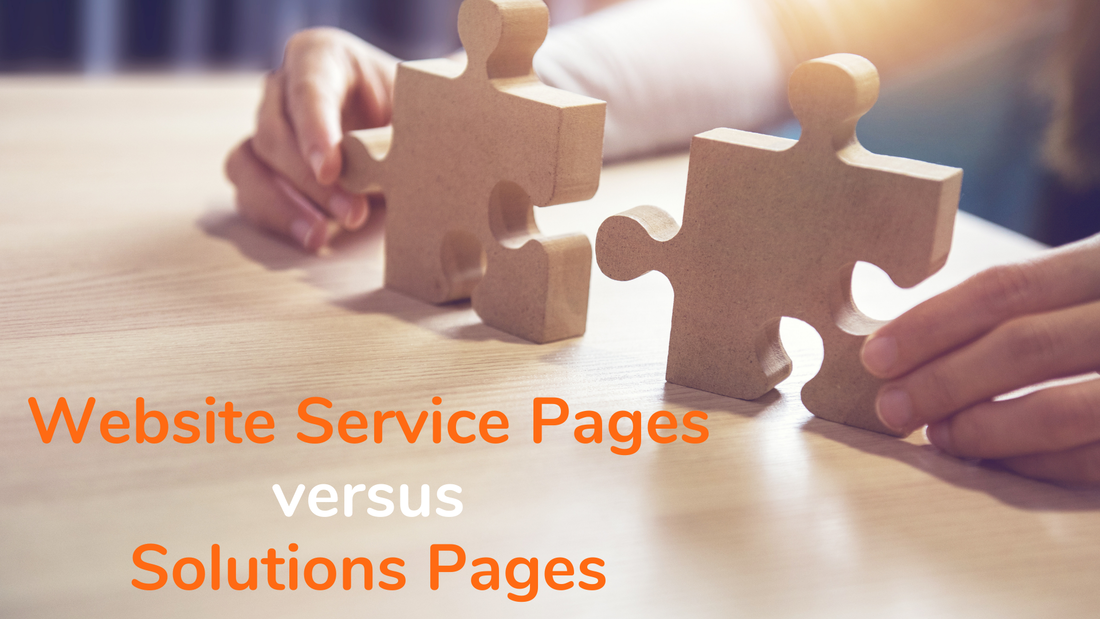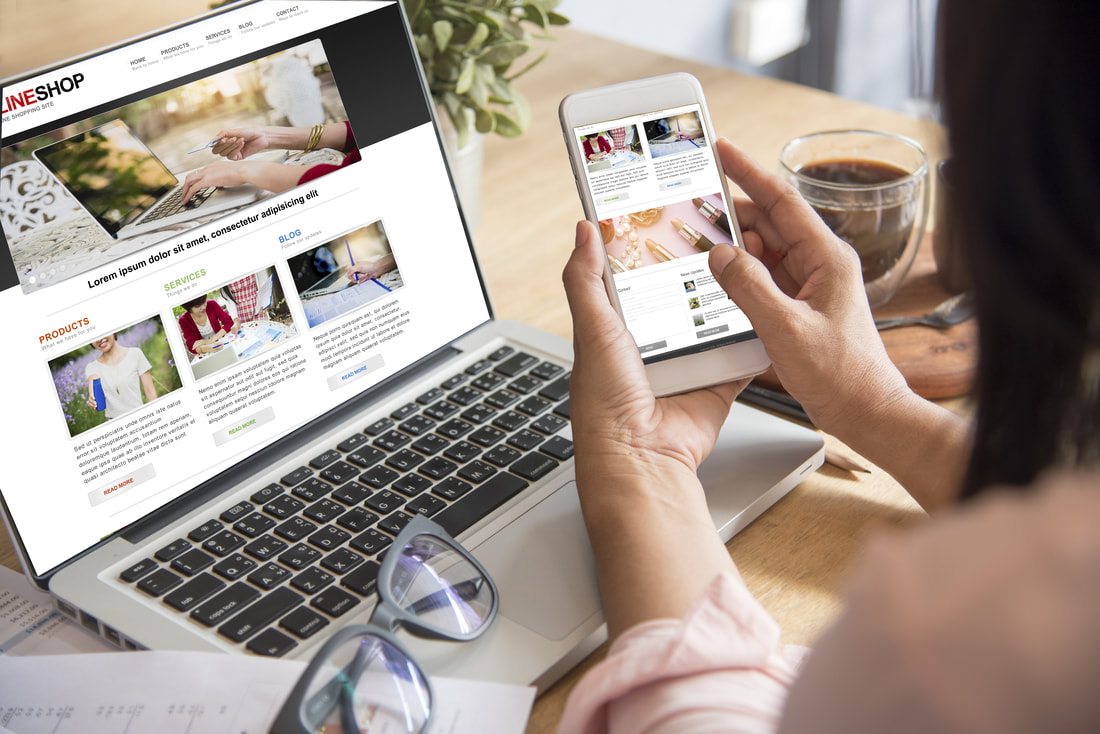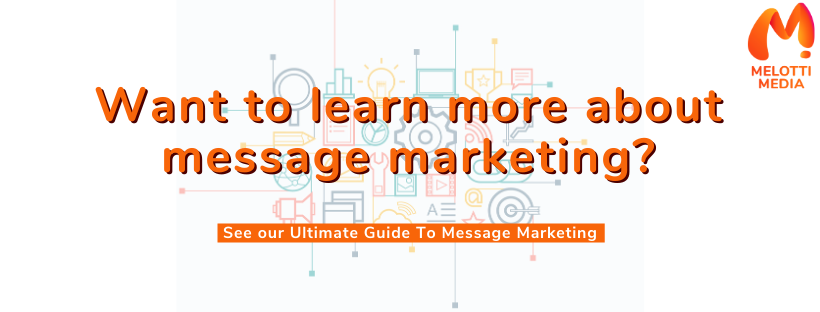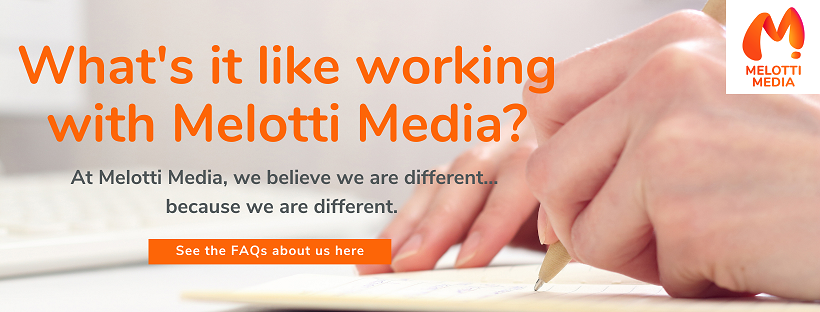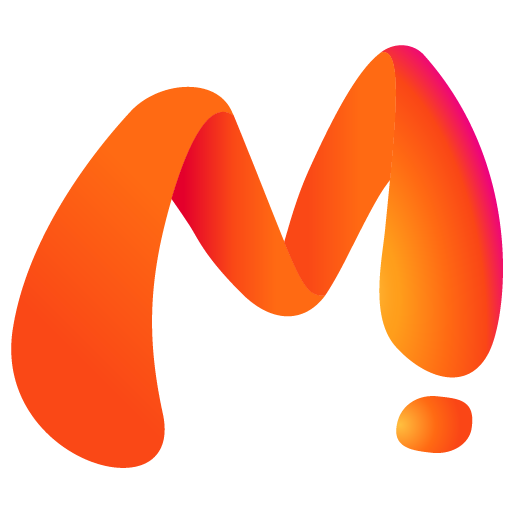Website best practise changes quite a bit over time.
One of the most recent trends I’ve noticed is the SERVICE and SOLUTION pages.
Sure, you may be thinking ‘this isn’t new’, and perhaps it isn’t. But it’s certainly growing in prevalence today – and for good reason. You see, you have two types of customers.
- Those who know what you do and want to pick from that.
- Those who have a need and want to know if you can help them.
These two website pages address one each and that’s why it’s useful to have both of these pages on your website. If you don’t, then you’re losing them.
Let me explain why it’s a great idea to have both a SERVICES website page and a SOLUTIONS page and what role they each play.
Prefer to listen, rather than read? Here’s the Podcast summary!
What’s the main role of a website?
To convert visitors into paying customers.
Sure, there are a few steps in between this. Like, a website helps educate your audience, raise your brand’s profile and positioning, excite potential customers and more.
But in the end, the goal is the same – we want them to take action and that involves converting them from strangers into leads, and the leads into customers (and hopefully, customers into loyal advocates).
A website’s main role is to convert visitors
into customers in one way or another.
How does a website do all this?
Right, so with that established, how do we convert them?
Well, it’s all about allowing them to navigate around your website pages to find what they need so they can invest in it. For instance, they may:
- land on your HOME page because they’ve seen some of your social media posts
- click your Google Ads and be taken to your LANDING page
- read your BLOG page and contact you because they’re curious about knowing more
- be hunting via search engines and your website comes up at the top of their list
And the list goes on.
But the point is, they’ve got to your website and they’re motivated. It’s time to allow them to find something that they will find relevant and appealing to them in their current state of mind.
This is where they start hunting across a few pages.
The thing is, if they don’t find what they need, they’ll simply leave (or “bounce” if you want to use the lingo!). That’s why you need them to arrive at a website page that’s written specifically to address what they’re after.
A website only works when visitors can find the information and pages they’re looking for. If not, they’re gone!
Here’s the point: what are they looking for?
That’s the real question. To answer that, you need to remember that there are two types of customers who arrive on your website. Let’s discuss this.
Website customer one: “I know what you do.”
This person knows what your business does and they’re looking for products and services.
Take Melotti Media for instance. So, they are looking for a COPYWRITER and want, for example, blogs. So, they hunt for a blog copywriting page, find the information they want and (hopefully) make a decision based on this.
Sure, it may not be an instant conversion (or it could be!). They may not go: “yes, Chris and his team are the blog copywriters for us” and then call. But they know what they’re here for and want more information about that service specifically.
That’s where you give them a specific SERVICE (or PRODUCT) page that they can identify with and get the answers they’re hunting for.
It’s the same with, say, a hardware store. A person lands on a hardware website and is after a ready-set concrete product for their rock project near their pool. They know what they need and they hunt for that page to get the information to confirm which to choose.
In these cases, create a website service/product page that is titled specifically. That way, these types of customers know they’ve landed on the right page and have found the information they want. This will help them convert and will also be better for website SEO purposes as you’ve got a direct match to a direct website enquiry.
Here is an example of our COPYWRITING and MESSAGE MARKETING service pages.
Website customer two: “I know what outcome I need.”
This customer is the “reverse” of the previous one.
What I mean is that they’re not exactly sure what product or service you offer specifically, but they know what outcome they’re looking for, and therefore, need website content that helps them find it in the reverse way.
These customers work in the opposite direction to the previous.
Take Melotti Media again as an example. They aren’t specifically looking for “blogs” as a service, but they are hunting for a way to share news about their industry, raise their brand’s profile and improve their SEO with fresh content. So, they head to our SOLUTIONS page which has a list of typical objectives, and then they get shown that the blog service is what they’re after.
See what I mean?
Take the hardware example from above too. They don’t know anything about quick-set concrete but they do know that they need some sort of way to adhere rocks together and begin hunting for a solution to their query. Hopefully, the hardware website has a way to direct this type of customer to discover that they need quick-set concrete to achieve their goal.
So, you can help these customers convert by giving them a way to answer their goals with your products via a SOLUTIONS page.
Here’s an example of our Melotti Media solutions page.
Aren’t both those pages the same?
No – yet to a business, it can often seem this way.
That’s because you’re always working with your products and services, so it all seems the same. However, you really do have those two types of customers on your website, and if you don’t cater to both, you can miss out on valuable conversions.
No business wants to miss potential sales or enquiries simply because they didn’t have a website page that facilitated a better experience (well, I’d hope not, anyway!).
Unfortunately, many businesses cater for the first type of customer and neglect the second. Doing this can reduce the customer experience and turn at least half of your traffic away.
What’s the point of having both SERVICE and SOLUTION pages?
The reality is this: on our websites, we want to create the path of least resistance to get website visitors to where they need to go.
When you do this, they will have a great customer experience with your brand. You want them saying: “Wow, that was so easy – all the competitors made it so hard to just find what I was looking for.”
If you create both kinds of pages, you’ve catered to both customers and then, your website is doing what it should be: being your online conversion platform by making your customers happy, giving them what they need, when they need it, how they need it.
So. What do you need to do?
Have both a SERVICES and SOLUTIONS page on your website, of course!
And make it easy to navigate to. For instance, on your home page, have something like: “Do you know what you need? Let’s do it!” and then “Not sure what you’re after? Let us help.”
Boom! Now, both types of customers have a way to find what they need, and both paths lead back to your business. How good is that?
How Can Melotti Media Help You?
To engage your customer and achieve ongoing business success today, you need a powerful message, quality copywriting and consistent content across your website. However, this is easier said than done.
Perhaps you’re time poor and spread thin, or writing may not be your expertise.
So, let us take care of your message marketing, copywriting and content marketing needs!
For more information or to speak to a quality marketing copywriter to get the results your business deserves, contact me now at enquire@melottimedia.com.au.
Our Message Marketing services can sharpen your words to achieve your goals, today.
Melotti Media | Copywriting & Message Marketing Bureau
www.melottimedia.com.au

